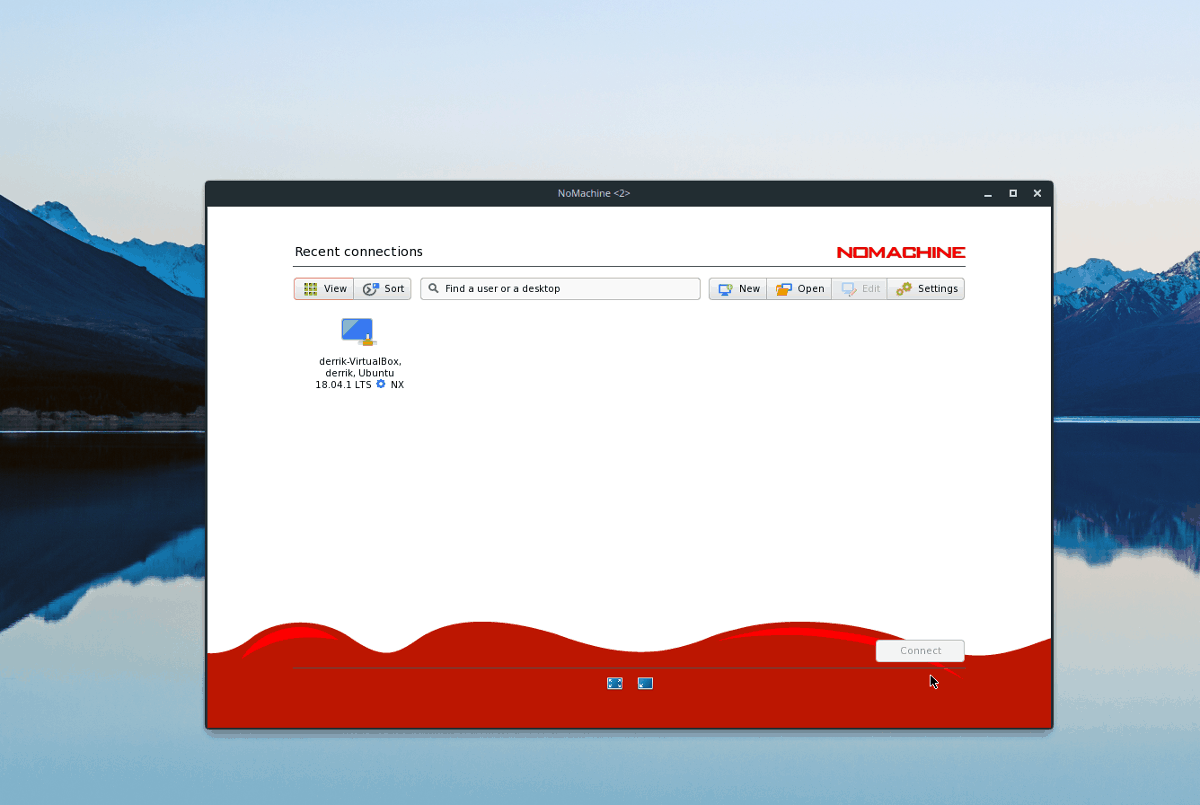

I might say again though that this is not secure. But as far as I can tell, clients will be able to connect without further settings. To set up FreeNX with NoMachine default key, run freenx-setup with the option -n ( or -nokeys).Ĭode: # freenx-setup -nYou might see warnings about offending keys and even a fatal error while testing the nxserver connection. While the NoMachine default key might be more convenient in a secure lan, it is not advisable to use it if your client connections go through the Internet. When you use your own keys - as in the previous example - you'll have to delete the highlighted text and past your own key or import it from the file client.id_dsa.key. The DSA key shown on the picture above is the generic NoMachine key which gets automatically added when you create a session with the NX Connection wizard. You might find it easier - for you or your clients - to not let freenx-setup create a DSA key pair but use the NoMachine default key instead, so that any NoMachine client will be able to connect without the need of importing a client key from your server. As a special goodie in this build of FreeNX, selecting "CDE" in NoMachine client will in fact start a LXDE session - provided LXDE is installed on the server. If you choose this option, you might have to configure the session, especially change the default desktop (xdm) and resolution (1440x900) to suit your needs. nxs file generated by freenx-setup is faster and more convenient, since it already contains the correct client key. You can check the status of the sshd daemon with this command: This is particularly useful if you intend to run FreeNX and NoMachine in parallel or other services on ssh ports. The setup script included in my FreeNX package can enable and open an alternate ssh port. If you want to run the NX server on another port, this port should be added in sshd configuration file ( /etc/ssh/sshd_config) so that the daemon listens to it, and it should be opened in the firewall. ssh tcp port (22) should be open in the firewall. Among other things, freenx-setup will call nxsetup, but has its own way of handling things that nxsetup seems to be unable to do correctly (such as creating the nx user with a predefined UID).

I hope it has less bugs and more features. freenx-setup is a script I wrote and included in this package.

To make it simple, open a root login shell in a terminal with 'su -l' and type all commands in this terminal. I won't specify every time that you have to prefix each command with sudo or 'su -c'. The commands in this tutorial perform administrative tasks and have to be run as root.
#Install nomachine linux how to#
This article describes how to install FreeNX and NoMachine NX on openSUSE and run both servers separately or in parallel.
#Install nomachine linux drivers#
smbmount and smbumount as well as missing CUPS drivers are several examples. Since 2008, several commands needed by FreeNX have become deprecated, unavailable or have changed path, leading to various warning and error messages. Different distros use their own pre- and post-install scripts. I also updated NX agent - needed by FreeNX - to version 3.5.0.Īlthough FreeNX installation looks (and is) simple, it might be tricky to get it working. The latest FreeNX build in my repo includes some of the most recent patches borrowed from ArchLinux and Fedora 17 together with some bug fixes for openSUSE. Although FreeNX development has stalled since 2008, Linux distros continue to release version 0.7.3 with new patches.
#Install nomachine linux free#
The NoMachine Free edition is limited to 2 simultaneous client connections.įreeNX is open source and doesn't have this limitation.

NoMachine NX is a commercial product which provides a Free edition available for download. The two most popular NX server applications used on Linux are NoMachine NX and FreeNX. The connection is fast and secure, thanks to data compression and SSH encryption. NX is a remote display technology which allows you to open a desktop session to an X Window server.


 0 kommentar(er)
0 kommentar(er)
